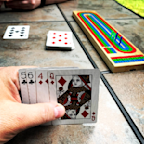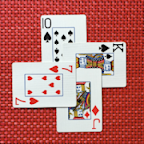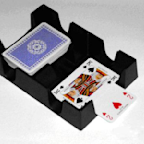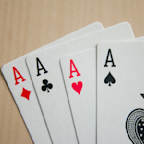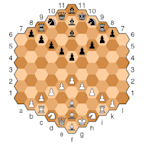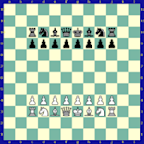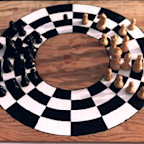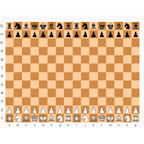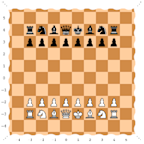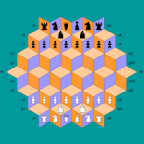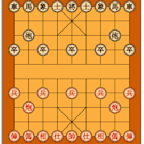Search results
Results From The WOW.Com Content Network
Sloan began studying chess at age 7. In 1959, he was the youngest competitor in the National Capital Open Chess Tournament in Washington, D.C. The United States Chess Federation's database reports that he has played in 152 chess tournaments since 1991 and that his highest FIDE rating was 2107 in 1997.
In 1970, FIDE adopted Elo's system for rating current players, so one way to compare players of different eras is to compare their Elo ratings. The best-ever Elo ratings are tabulated below. As of September 2023, there are 133 chess players in history who broke 2700, and 14 of them exceeded 2800.
The Légal Trap or Blackburne Trap (also known as Légal Pseudo-Sacrifice and Légal Mate) is a chess opening trap, characterized by a queen sacrifice followed by checkmate involving three minor pieces if Black accepts the sacrifice. The trap is named after the French player Sire de Légall.
The Van 't Kruijs Opening (Dutch pronunciation: [vɑn ət ˈkrœys]) is a chess opening defined by the move: 1. e3. It is named after the Dutch player Maarten van 't Kruijs (1813–1885) who won the sixth Dutch championship in 1878.
The King's Indian Attack (or KIA) is a chess opening system where White adopts the setup more commonly seen being played by Black in the King's Indian Defence.
The London System is an opening system in chess where White opens with 1.d4 and develops the dark-squared bishop to f4, then supports the d4-pawn with pawns on e3 and c3. The other bishop is developed to d3 (or occasionally e2) and the knights typically to f3 and d2.
1927–1935 1937–1946. Alexander Aleksandrovich Alekhine [a] [b] (October 31 [ O.S. October 19] 1892 – March 24, 1946) was a Russian and French chess player and the fourth World Chess Champion, a title he held for two reigns. By the age of 22, Alekhine was already among the strongest chess players in the world.
The Lucena position is one of the most famous and important positions in chess endgame theory, where one side has a rook and a pawn and the defender has a rook. Karsten Müller said that it may be the most important position in endgame theory. [1]
The Trompowsky Attack (or Trompowsky Opening, also known as the Opočenský Opening, the Ruth Opening, and the Zot) is a chess opening that begins with the moves: 1. d4 Nf6. 2. Bg5. White prepares to exchange the bishop for Black's knight, inflicting doubled pawns upon Black in the process.
Bird's Opening (or the Dutch Attack) is a chess opening characterised by the move: 1. f4. Named after 19th century English player Henry Bird, Bird's opening is a standard flank opening. White's strategic ideas involve control of the e5-square, offering good attacking chances at the expense of slightly weakening their own kingside.






